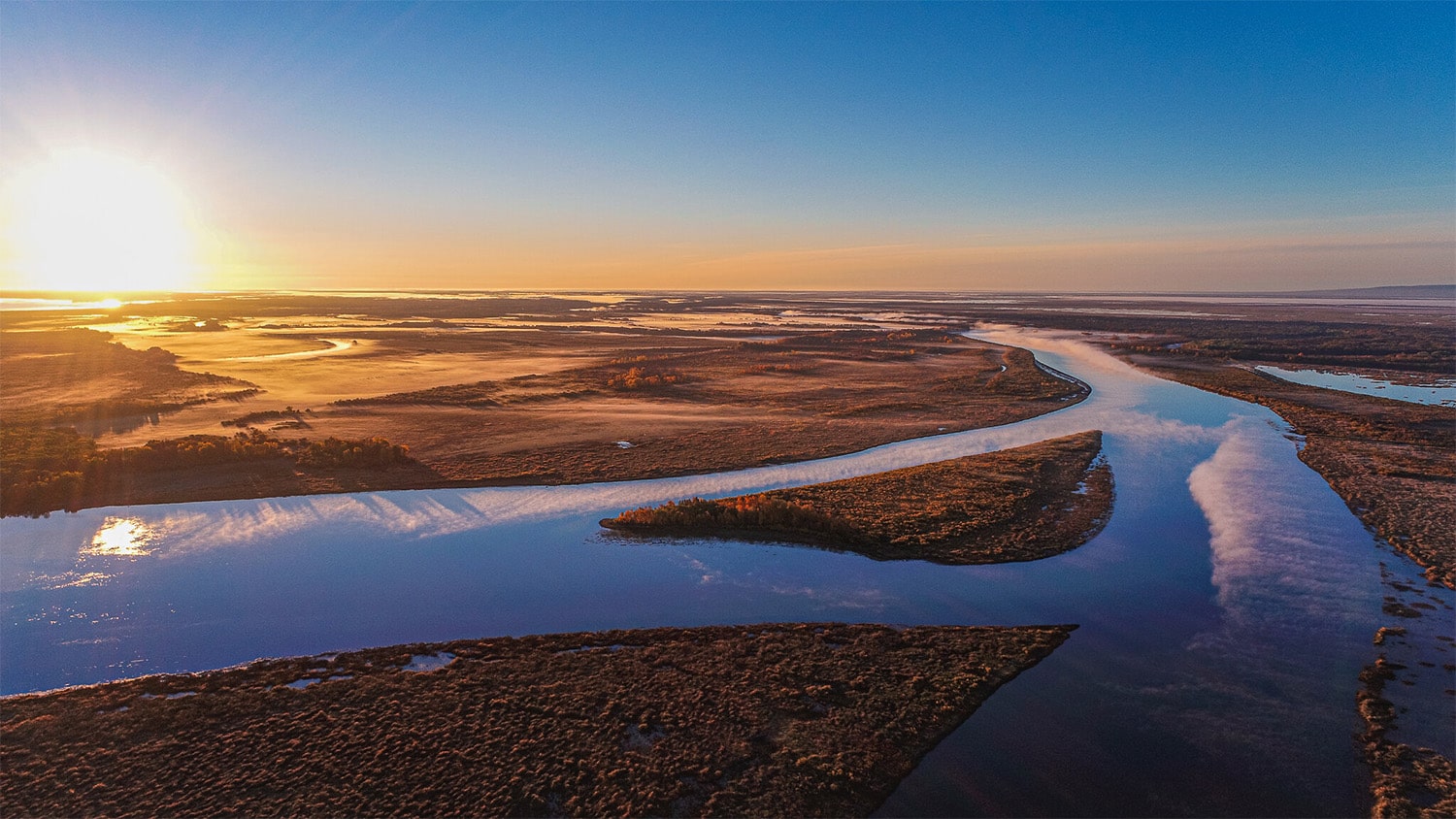
36 interesting facts about Delta
- 👁️ 238
Delta, a term with diverse applications across different fields, symbolizes change, difference, and the confluence of rivers into larger bodies of water. It’s a concept that touches everything from geography to mathematics, science, and beyond. Deltas play crucial roles in ecology, serve as fertile agricultural lands, and signify mathematical change in equations. They are also of paramount importance in aviation, symbolized by Delta Air Lines, one of the world’s largest airlines. This article unveils a series of intriguing and informative facts about deltas, offering a panoramic view of their significance across various domains.
- The term “delta” originally refers to the fourth letter of the Greek alphabet, shaped like a triangle (Δ).
- Geographically, a delta is a landform at the mouth of a river, where it splits into several streams or channels to meet the sea or lake.
- The Nile Delta in Egypt is one of the most famous deltas in the world, known for its fertile land that supported ancient Egyptian civilization.
- Deltas form from the deposition of sediment carried by the river as the flow velocity decreases upon entering a slower-moving body of water.
- The Mississippi River Delta is a vital habitat for wildlife, including numerous bird species, and acts as a natural defense against hurricanes.
- Mathematical delta (Δ) represents a difference or change in a variable quantity.
- In chemistry, delta signifies the heat of reaction in thermodynamics.
- Delta Air Lines, founded in 1924, initially started as a crop-dusting operation before becoming one of the major airlines in the United States.
- The Ganges-Brahmaputra Delta in India and Bangladesh is the world’s largest delta.
- Deltas are critically important for agriculture due to their rich soil, which is ideal for growing crops like rice and cotton.
- The formation of a delta can take thousands of years, gradually shaping the landscape.
- Deltas often serve as important commercial and economic centers due to their strategic locations along waterways.
- The Okavango Delta in Botswana is one of the world’s few inland deltas that does not flow into a sea or ocean but disperses into the Kalahari Desert.
- In the context of climate change, deltas are particularly vulnerable to rising sea levels.
- Deltas host biodiverse ecosystems, providing habitats for a wide range of species.
- The sediment deposited by deltas can contain valuable resources like oil and gas, making some deltas sites of industrial extraction.
- Many deltas are UNESCO World Heritage sites, recognized for their natural beauty and ecological importance.
- The word “delta” is used in finance to describe the ratio comparing the change in the price of an asset to the change in the price of its derivative.
- In electronics, Delta connection refers to a method of connecting three-phase electrical circuits.
- The Danube Delta in Romania and Ukraine is one of the best-preserved deltas in Europe.
- Deltas often form distinctive patterns, including the “bird’s foot” pattern, exemplified by the Mississippi Delta.
- The Indus River Delta is critical for Pakistan’s economy, especially for fisheries and agriculture.
- Deltas can become polluted from upstream sources, affecting marine and deltaic ecosystems.
- River management practices like damming and levee construction can significantly alter delta formation and health.
- The Mekong Delta in Vietnam is crucial for the country’s rice production, earning it the nickname “Rice Bowl.”
- Ancient deltas on Mars suggest the planet once had liquid water on its surface.
- Deltas are dynamic environments that can change shape due to natural processes like flooding and human activities.
- The sedimentary layers in deltas can provide valuable information about Earth’s past climate and geological events.
- Coastal erosion and land subsidence pose significant threats to delta regions.
- Deltas play a crucial role in carbon sequestration, helping to mitigate climate change impacts.
- Many deltas face challenges related to water scarcity, impacting agriculture and livelihoods.
- The formation of deltas is influenced by factors like river flow, sediment load, and the body of water it enters.
- Deltas often feature complex networks of waterways, creating unique landscapes for navigation and exploration.
- Some deltas are important bird migration routes, serving as stopover sites for numerous species.
- The protection and restoration of delta environments are critical for biodiversity conservation and disaster resilience.
- Deltas are culturally significant, with many communities around the world having developed unique ways of life adapted to these fertile lands.
Deltas are more than just geographical features; they are lifelines for biodiversity, agriculture, and human civilization. They encapsulate the interplay between land and water, showcasing nature’s ability to create landscapes of immense ecological and economic value. As centers of biodiversity, agricultural heartlands, and hubs of human settlement, deltas embody a delicate balance between natural processes and human activity. The preservation of these vital ecosystems is essential for maintaining biodiversity, supporting economies, and safeguarding the cultures that have flourished along their banks. Through understanding and appreciating the multifaceted roles deltas play, we can better commit to their conservation and sustainable management for future generations.
Delta, a term with diverse applications across different fields, symbolizes change, difference, and the confluence of rivers into larger bodies of water. It’s a concept that touches everything from geography to mathematics, science, and beyond. Deltas play crucial roles in ecology, serve as fertile agricultural lands, and signify mathematical change…